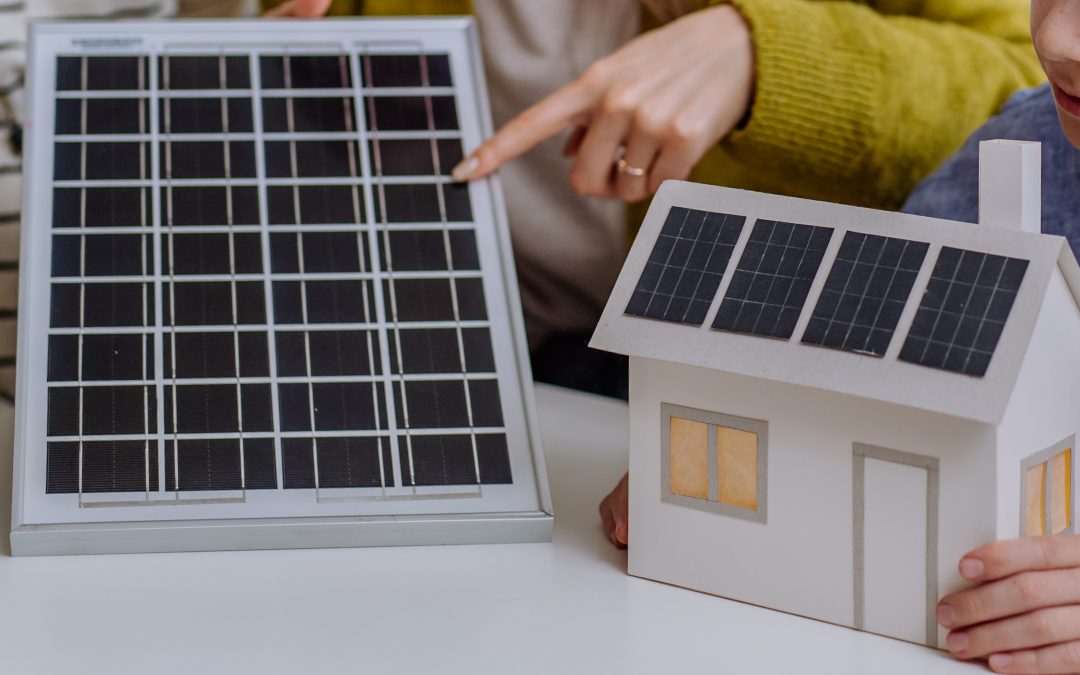Installing a solar photovoltaic (PV) system on a school provides a wide range of benefits for the institution, the students, and the community. These benefits apply to schools regardless of their size or grade level. Unsurprisingly, PV system installations are surging at schools across the country. Take a comprehensive look into how education benefits from Solar Power.
For instance, the number of K-12 schools in Virginia that have embraced solar power tripled from 29 to 86 since 2017, according to a recent report. Of this solar capacity, 90 percent was financed through a power purchase agreement (PPA). Trina Solar has also provided its industry-leading solar panels for PV system installations at schools in Clark County School District, Nevada, and the Antelope Valley Union High School District in northern Los Angeles County, California.
What’s behind this surge in educational institutions going solar? Let’s explore four key benefits:
1. Sustainable and Renewable Energy Source
The U.S. Department of Energy estimated that K-12 schools collectively spend more than $6 billion a year on energy. After salary obligations, energy costs are the second biggest expenditure for many districts. While the equipment and installation of a PV system require an initial upfront investment, the energy it generates can potentially pay for the system within just a few years. With 25- to 30-year warranties available for most solar panels, this can lead to several decades of renewable energy use and substantially reduced electricity bills.
The savings in a school’s electricity bill can free up budget room for more robust student programs, teacher salary increases, or school expansion. This financial relief is crucial, especially for schools facing budget constraints.
2. Ideal Spaces for PV Systems
Many schools, particularly multi-unit campuses, have large flat roofs and expansive open spaces, making them ideal locations for PV systems. These allow schools to install more panels, which translates to a greater energy harvest. The more solar panels soaking up sunlight, the more the school can cut its electricity costs.
A recent study showed that if schools utilized all available space for solar panels, these institutions could meet up to 75 percent of their electricity needs. This significant potential for energy production not only reduces costs but also showcases the practical use of renewable energy solutions.
3. STEM Learning Opportunities
In today’s knowledge-based economy, the importance of a strong education in science, technology, engineering, and mathematics (STEM) cannot be overstated. Schools that install a solar PV system can provide hands-on learning opportunities for students. Studies consistently show that students exposed to interactive and hands-on projects become more interested in science, engineering, and technology. It is no surprise that students who engage in hands-on learning also improve their test scores and performance in these subjects.
By incorporating solar technology into the curriculum, schools can inspire the next generation of engineers, scientists, and innovators. Students can learn about renewable energy, environmental science, and sustainability in a practical, impactful manner.
4. Builds Goodwill with the Community
Whether K-12 or a university, schools serve as local beacons for learning and education. Schools that transition from traditional energy sources like coal and natural gas to solar can demonstrate to the community their commitment to sustainability. A solar PV installation reduces the school’s carbon footprint. This decrease in key air pollutants shows local residents that the school is actively working to create a better community. Children living in areas with high levels of air pollution face much larger risks of asthma and other respiratory issues.
Not only does going solar highlight an educational institution’s sustainability efforts, but it can also inspire community residents to adopt similar measures. This promotion of sustainability can foster a sense of collective responsibility and environmental stewardship, building goodwill with the local community.
The adoption of solar power by educational institutions is more than a trend; it’s a forward-thinking investment in the future. By embracing solar energy, schools can significantly reduce their operational costs, create valuable learning opportunities for students, and foster a strong relationship with their communities. The benefits of solar power in education extend far beyond the immediate financial savings, offering a sustainable and educational legacy for future generations.
While there are logistical issues in making the change, we can solve them all for you, easily and economically. Contact Us at Renewable Energy and we’ll show this can be done to your advantage.


Recent Comments